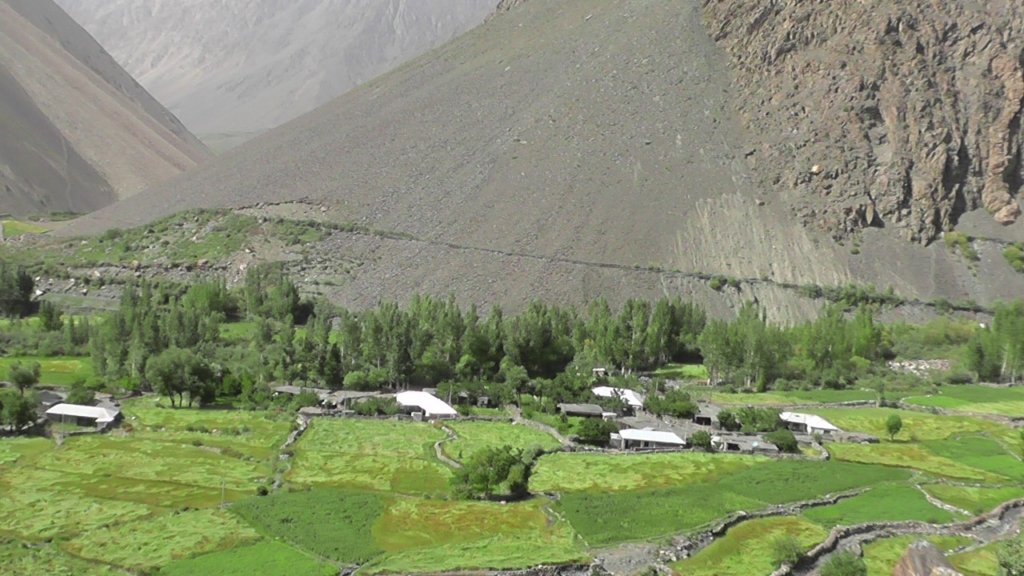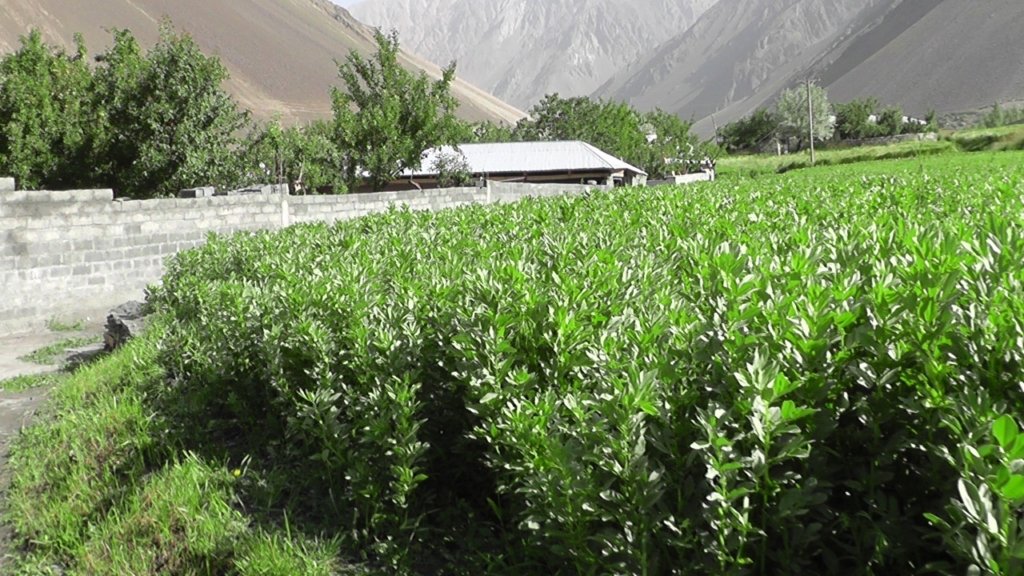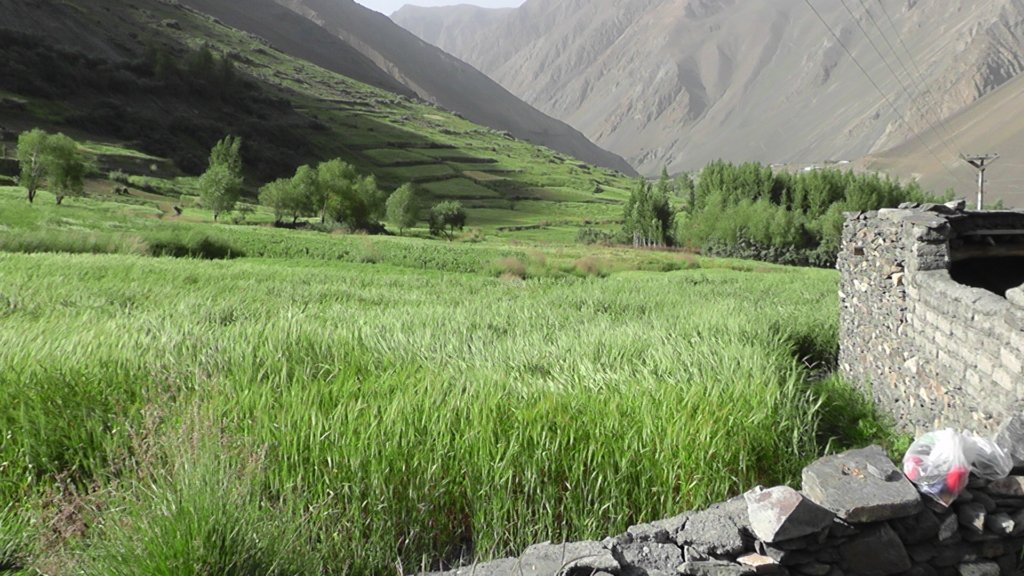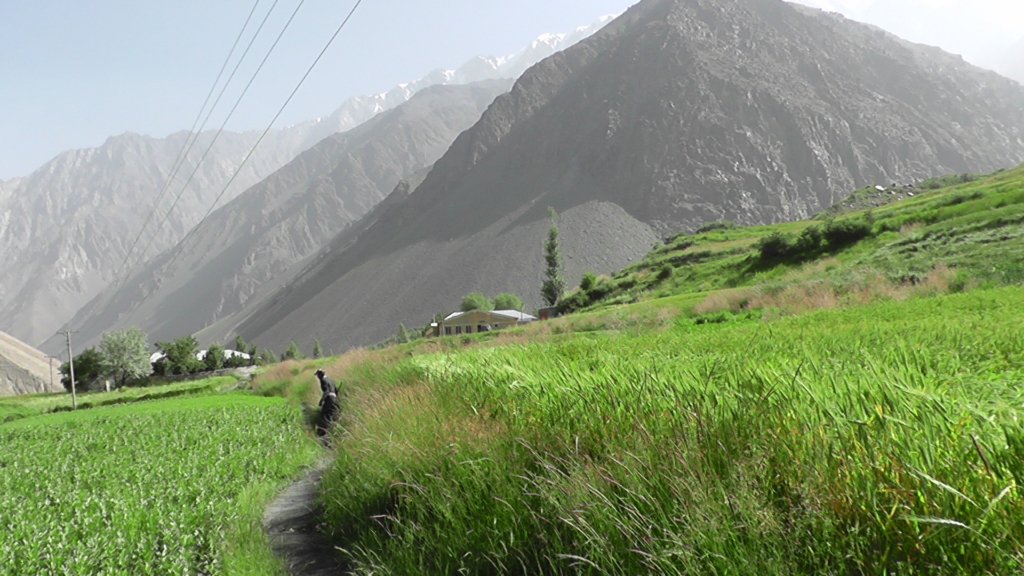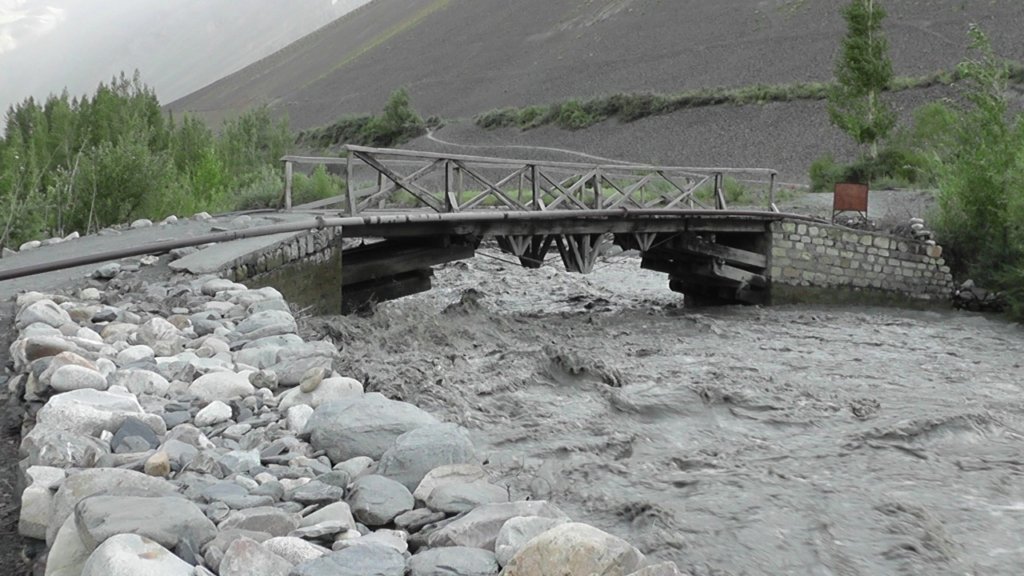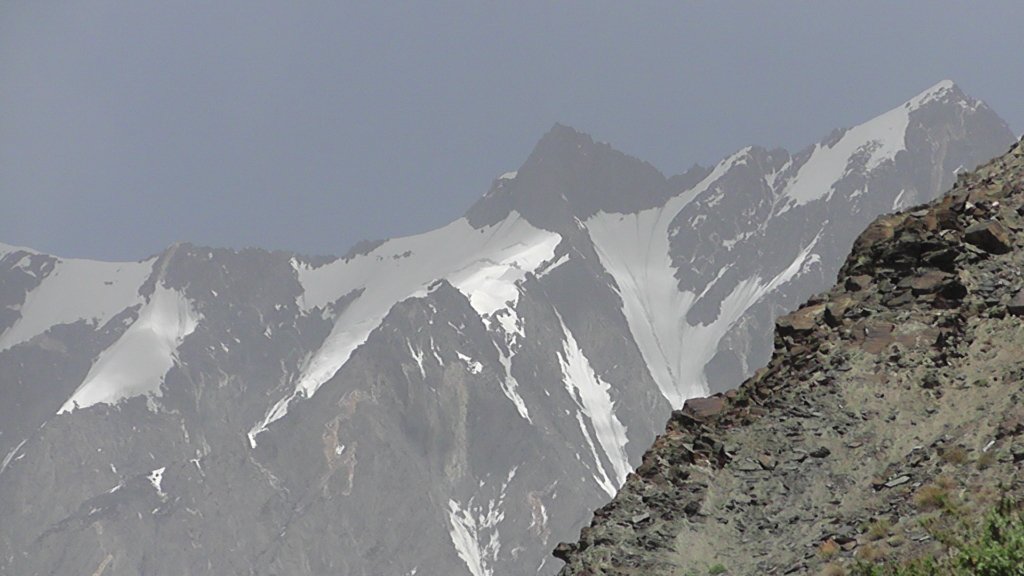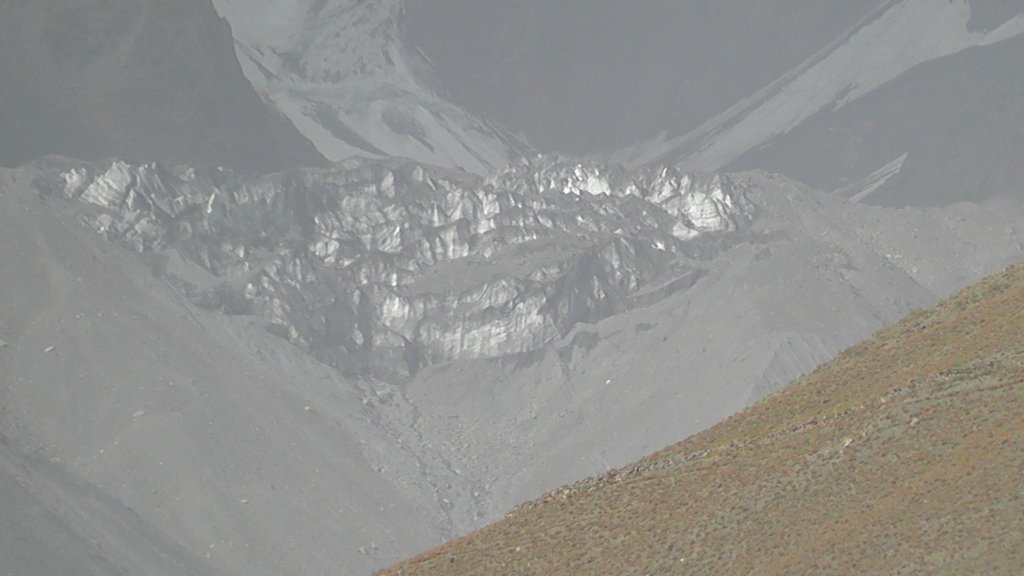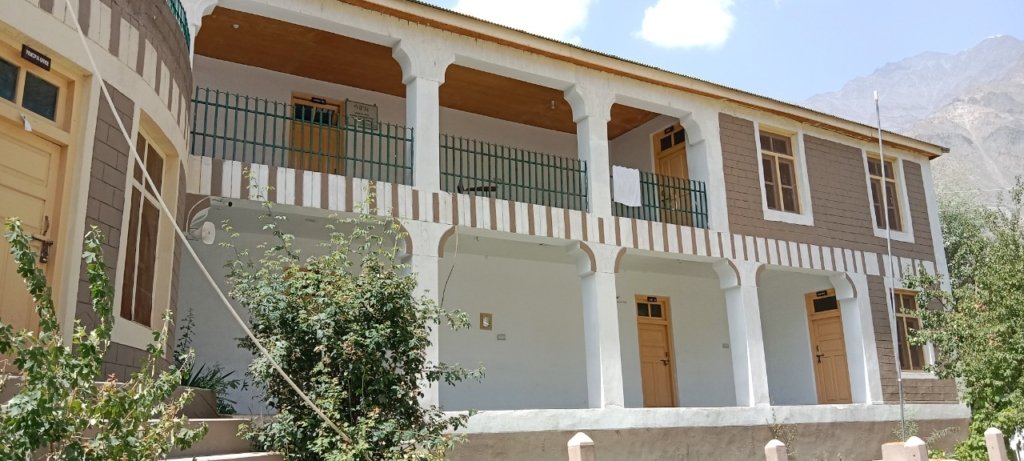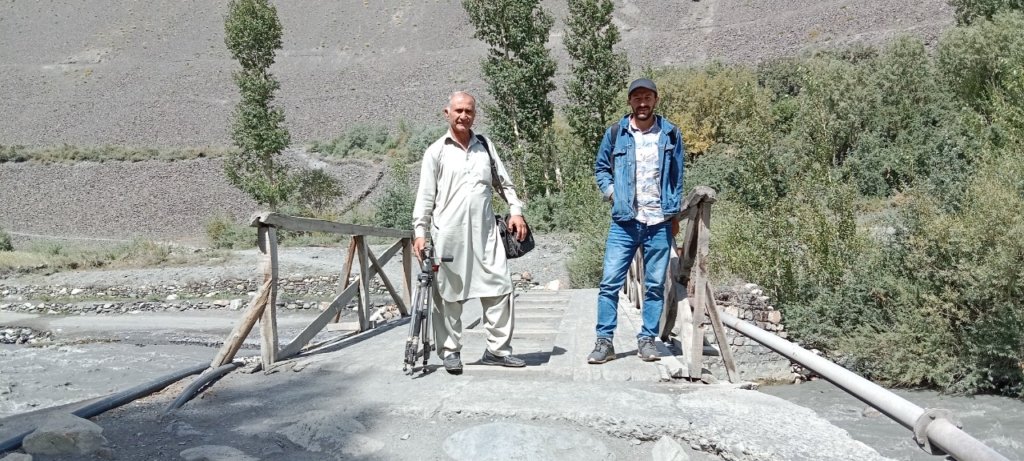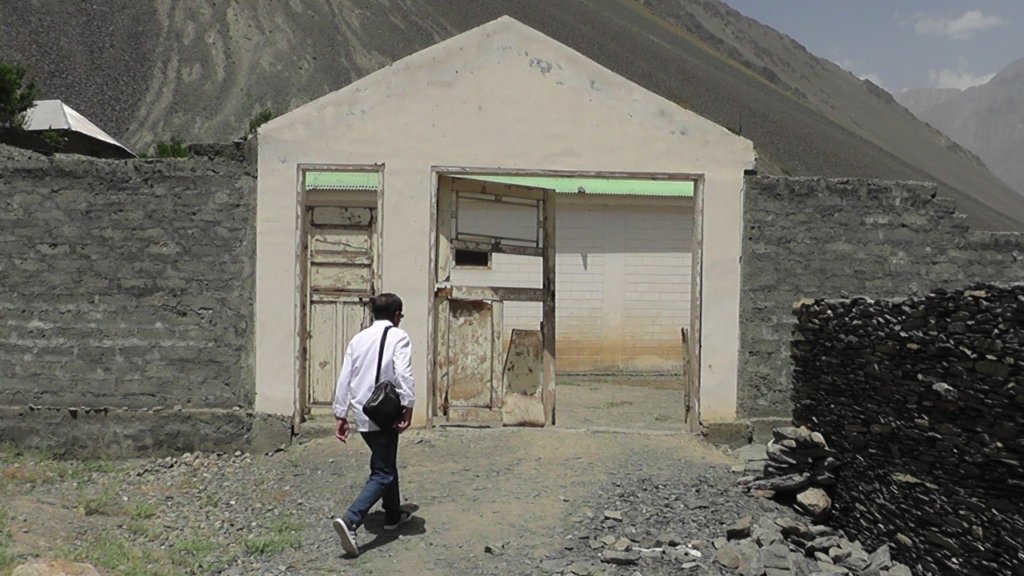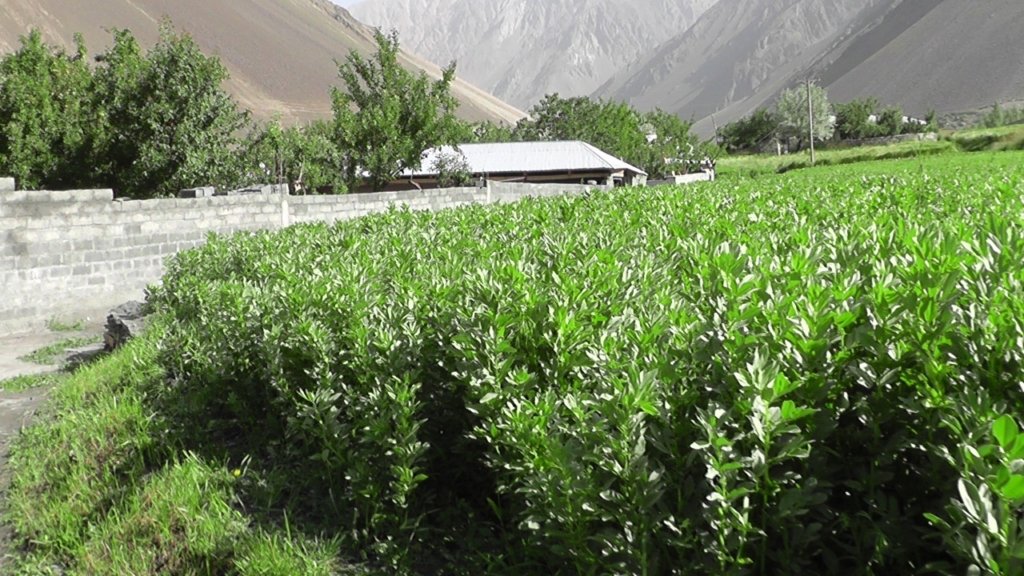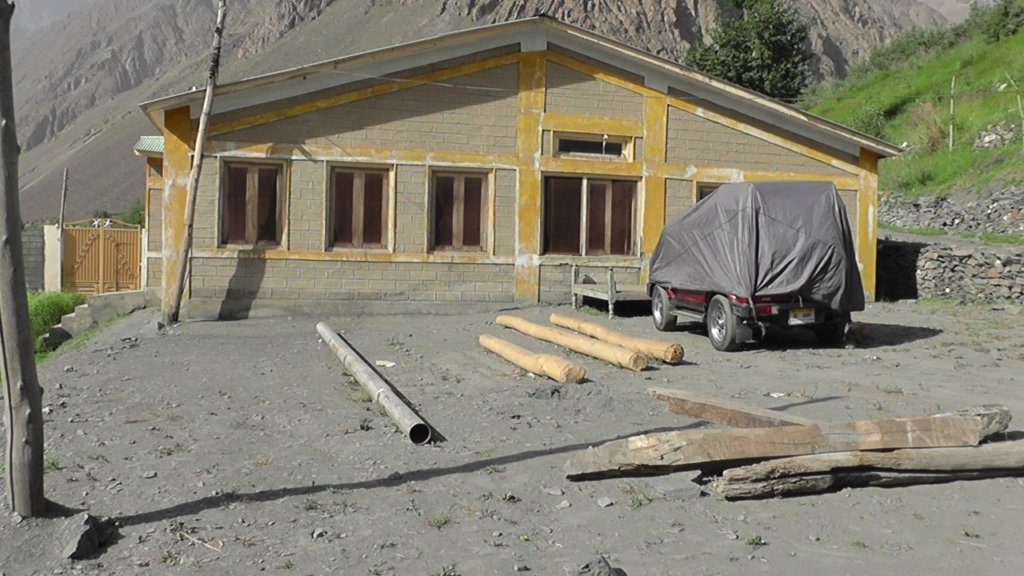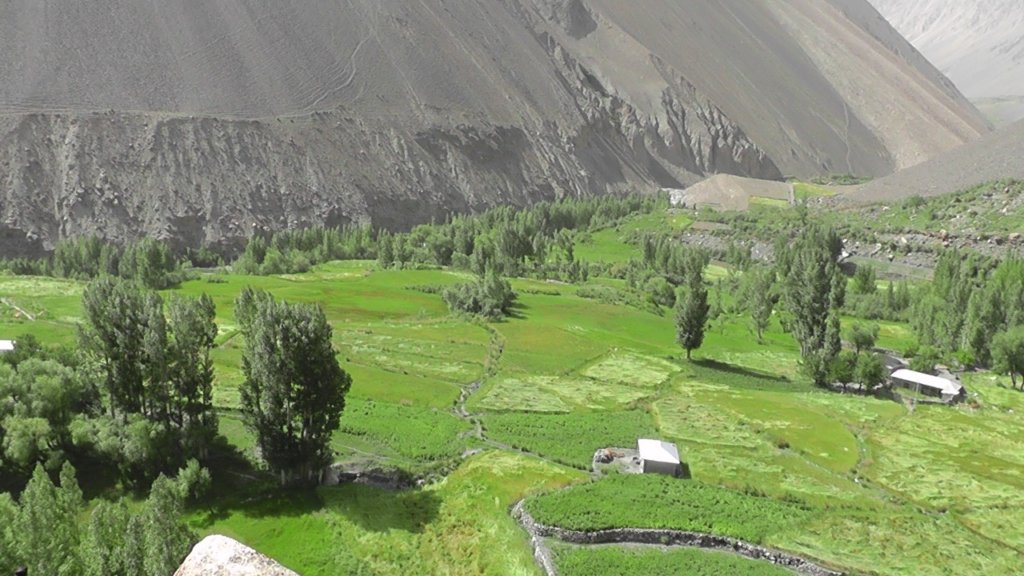
Daniyal visited his scenic valley Oveer Lasht nestled in the Hindu Kush Mountains to enjoy summer vacations with peace of mind and enjoy its tranquillity escaping the humid and scorching hot weather of Karachi. But to his dismay, he found his fellow villagers in the valley living in constant fear. Like those of the beautiful valley of Arkari in the upper Chitral District, the people of Oveer Lasht neither sleep peacefully at night nor sit comfortably during the day.
This correspondent visited the area, perhaps, the first by any media person so far to speak with the residents and get a sense of their worries and grievances.
Oveer Lasht is one of the most scenic valleys in Upper Chitral with a population of over 4,000 inhabitants. Like other people in peripheries of the mainstream metropolitans, the residents of Oveer Lasht are the victims of the corrupt governance system and apathy of the authorities. The valley lacks basic facilities for health and education. Neither there is a hospital or basic health unit nor a primary school for girls. They are living at the mercy of nature and under fear and constant danger of a glacial lake outburst flood (GLOF).
Most of the locals are farmers and grow vegetables and fruits. The weather is so cold that the apricots do not ripe even in September as compared to other valleys of Chitral where apricot fruit ripe in July. Their main source of livelihood is beans, peas, lentils and vegetables. Flooding will disrupt their agricultural activities and hit their livelihood besides posing a danger to human life. The local people cited the incident of glacier lake outburst in the Mumi Mountains some years back claiming many lives and wreaking havoc in the valley.
“There are centuries-old glaciers and snow on the hill above our settlement which can cause an avalanche or flashfloods at any time,” they say. “We cannot prevent natural calamities, but we can minimise the disaster risk and damage with better mitigation strategies.”
Mir Ghazi, a local resident, says, “We visit here many times during the day to see if this glacier has movement and sometimes we also circle round at night if there is any threat of flooding so that we might evacuate the people of valley in case of danger. Even if someone accidentally calls out the word ‘flood,’ we wake up and can’t sleep and flee to safer places.”
Daniyal, a resident of the valley who works in Karachi, suggests that urgent construction of a protective wall is vital to protect the valley from flood damage before the GLOF occurs and wreaks havoc. It is useless to visit the valley by the relevant authorities in the wake of any disaster. “Once a disaster has taken place, then the authorities come into action and build protective walls and ramparts.”
Zartaj Ali, another resident told The High Asia Herald that the valley is heaven for tourists in the summers. “But this heaven is in constant danger. Even while eating, if someone jokingly says that there has been a flood, we leave the food and run away.”
Mir Shujaullah was happy to see that a media team has for the first time visited the valley to document and highlight their problems.
“The people here are very hardworking and send their children out for education because there is only one primary school for boys here. All these difficulties apart, our main problem is the danger from the glacier and the fear that we won’t be able to save this beautiful valley from the ravage of nature and negligence of the authorities,” he says.
Due to climate change, where the whole world has been affected, this beautiful valley also is constantly under threat of increased glacier melting and climate-change-induced destruction.
Their major demand is the construction of a protection wall around the valley and risk reduction measures and training in disaster management for the people.
They appealed to the provincial and federal governments as well as international organisations to help save their beautiful valley from possible flood damage triggered by a GLOF.
They argue that a protection wall should be built on both sides of the flooded nullah.
Gul Hamaad Farooqui is a Chitral-based journalist. He contributes features and news reports to The High Asia Media Group and other media outlets.

The writer is a Chitral-based journalist associated with The High Asia Media Group. He also contributes news reports and features to other media outlets.

